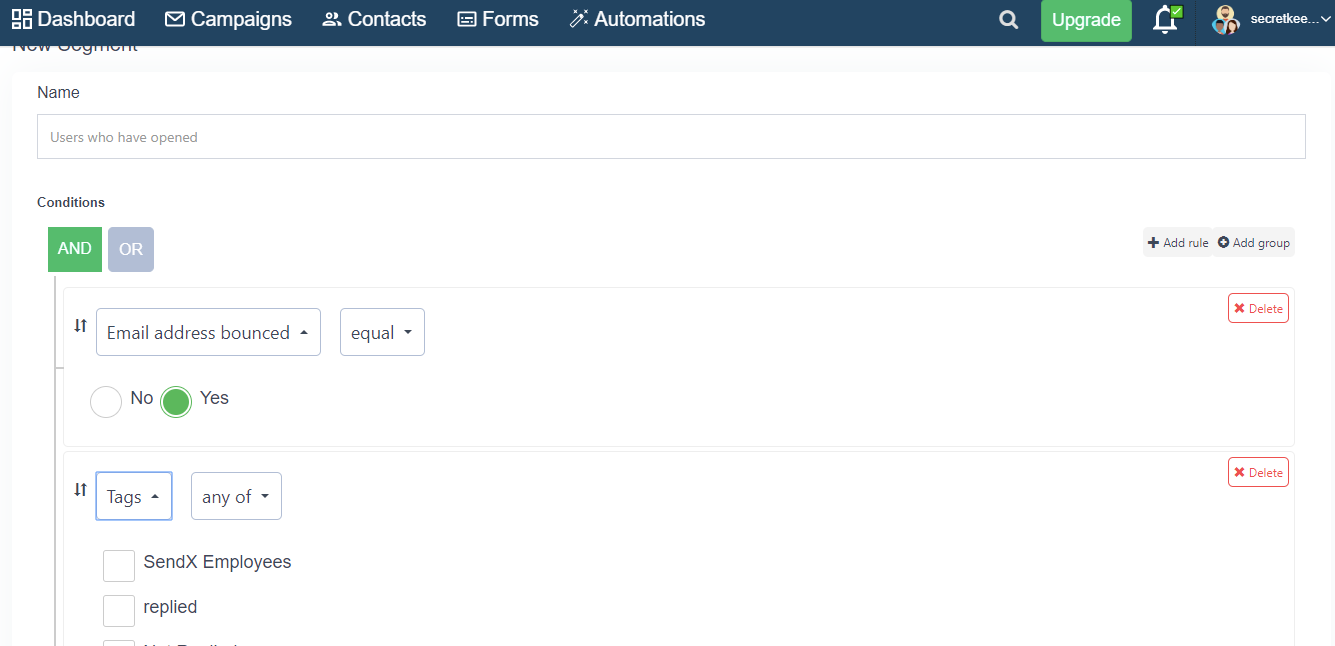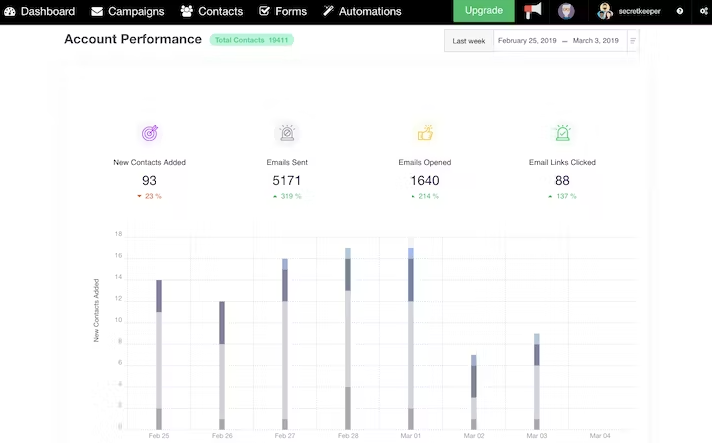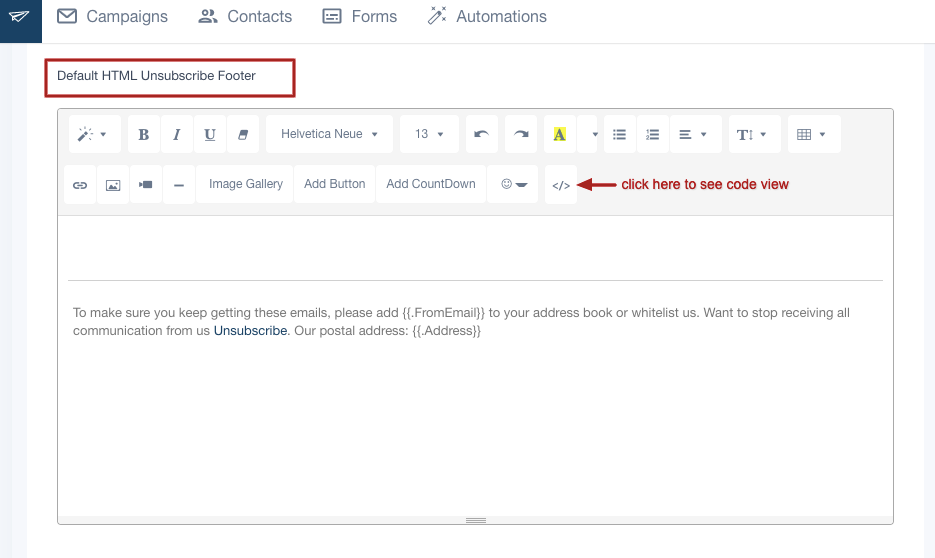You often spend hours crafting the perfect email campaign. You obsessively refine every sentence, pick the ideal images, and are convinced this is the message that will finally capture your audience's hearts and wallets.
You hit “send”… and then you wait. And wait.
But your open rate is as dismal as a rainy Monday.
You might have faced this situation a number of times.
Now, you might be thinking, “I've done my part! I've created engaging content, I've segmented my audience, and I even tested my email before sending it out. Why aren't my emails reaching my audience?”
Sometimes, the issue is beyond your beautifully designed email and compelling content. It lies hidden in the world of email deliverability.
This is where Email Service Providers (ESPs) step in. They play a crucial role in ensuring your carefully crafted messages don’t end up banished to the spam folder. Let’s explore the role of Email Service Providers in email deliverability.
What are ESPs?
An Email Service Provider (ESP) is a company that offers services related to emails. These services can include email creation, sending, management, and delivery to subscriber lists. A well-known ESP is SendX.io, which helps you create, send, and track high-volume emails without losing them to spam.
Don't confuse delivery and deliverability
First of all, let’s clarify two terms that are often confused.
Delivery rate is the percentage of emails delivered divided by the number of emails sent.
Deliverability refers to where your message lands if the subscriber does receive your email.
If it lands in the spam folder, that means there is low deliverability, even though the message has been delivered.
How does an ESP affect your email deliverability
1) Infrastructure maintenance
The infrastructure of an ESP includes the technical elements needed to send and deliver emails. At the core of this infrastructure is the Simple Mail Transfer Protocol (SMTP) server, which is the backbone of all email delivery.
ESPs also interact with Internet Service Providers (ISPs). Each ISP has its own rules for handling incoming emails, such as spam detection and filtering. The ESP maintains relationships with these ISPs and adapts to their requirements to ensure successful inbox delivery.
2) Sender Reputation Management
Sender reputation is a score assigned to an organization that sends emails. This score determines whether emails go to the inbox, spam folder, or are blocked entirely.
Factors affecting this include email volume, spam complaints, bounce rates, and messages sent to invalid addresses. ESPs monitor these metrics and guide clients on best practices, such as cleaning non-responding addresses and managing ISP feedback loops to reduce spam flags.
ESPs help manage the sender's reputation by monitoring these metrics and advising their clients on best practices.
For example, they might advise a client to purge non-responding addresses from their email list to reduce the bounce rate. They might also provide tools for handling feedback loops with ISPs, which allow the sender to see when recipients have marked their emails as spam and adjust their approach accordingly.
3) Email Authentication
Email authentication is a method used to verify that an email has actually come from the domain it purports to have come from. This helps protect against phishing and spoofing attacks, where an attacker might try to make an email appear as if it has come from a reputable source.
Key authentication protocols include:
• SPF (Sender Policy Framework): Specifies which mail servers are authorized to send from a domain. When an email is received, the recipient's mail server can check the SPF record of the domain in the email 'from' address to see if the server that sent the email is authorized.
DKIM (DomainKeys Identified Mail): DKIM adds a digital signature to the headers of an email. This signature can be checked by the recipient's mail server to verify that the email was indeed sent by the domain it claims to come from and that it hasn't been tampered with during transit.
DMARC (Domain-based Message Authentication, Reporting & Conformance): DMARC is a policy that allows a domain owner to indicate that their emails are protected by SPF and/or DKIM. It also tells the recipient's mail server what to do if neither of those authentication methods passes – such as sending the email to the spam folder or rejecting it outright.
The ESP helps implement these authentication protocols by providing the necessary tools and instructions, making it easier for the sender to authenticate their emails and improve their deliverability.
4) Bounce Management
Emails can bounce for reasons such as full inboxes, downed servers, or invalid addresses. ESPs categorize these as:
• Hard Bounces: Permanent issues like non-existent addresses.
• Soft Bounces: Temporary issues such as full inboxes.
It's crucial to remove hard bounces from your list to maintain your sender reputation.
5) List Segmentation
ESPs offer tools to segment lists by user behavior, demographics, or purchase history. This allows for personalized targeting, increasing engagement and inbox placement
This enables more personalized and targeted emails, which can lead to higher engagement and better deliverability.

6) Deliverability Reporting
ESPs offer comprehensive reporting tools to provide insights into your email campaign's performance. These include:
Open Rate: Percentage of recipients who opened the email. A low open rate might suggest that your subject lines aren't compelling or your emails are landing in the spam folder.
Click-Through Rate: This is the percentage of recipients who click on a link in your email. A low click-through rate might suggest that your email content isn't compelling or relevant to the recipient.
Bounce Rate: This is the percentage of emails that were not delivered successfully. A high bounce rate can harm your sender reputation.
Delivery Rate: This is the percentage of emails that were successfully delivered to the recipient's server. If this rate is low, it might suggest issues with your email list or sender reputation.

Through these reports, senders can identify issues affecting their email deliverability and make necessary adjustments to improve their email campaigns.
7) Content Analysis and Spam Testing
ESPs analyze email content for spam triggers, such as excessive use of all caps, symbols, or certain flagged words. They may assign a spam score, predicting the likelihood of inbox placement. This helps optimize emails before sending.
They can predict whether it will land in the inbox or spam folder and provide a 'spam score' based on various factors. This gives you an opportunity to make changes before sending your email to the actual recipient list, improving your chances of avoiding the spam folder.
8) Unsubscription management
Unsubscription management plays a crucial role in the overall email deliverability process, and ESPs (Email Service Providers) are instrumental in ensuring that this process is handled smoothly and effectively.
ESPs typically provide built-in features that allow businesses to include an unsubscribe link in their email campaigns. This link is strategically placed, often in the footer of the email, making it easily visible and accessible to recipients.

Upon confirmation of the unsubscription request, the ESP takes immediate action to remove the email address from the sender's mailing list. This step is crucial in maintaining a clean and up-to-date subscriber list. ESPs handle the technical aspects of removing the email address, ensuring that the recipient no longer receives emails from that sender
Choosing an an ESP that aligns with your email deliverability needs
Here are seven questions to ask from an ESP when choosing one for high email deliverability:
What is your average inbox placement rate?
Do you provide dedicated IP addresses or shared IP pools?
How do you prevent spam complaints?
Do you support email authentication protocols (SPF, DKIM, DMARC)?
What deliverability tracking and reporting features do you offer?
How do you handle deliverability issues or blacklisting?
What deliverability-related support and resources do you provide to clients?
Conclusion
By entrusting deliverability to ESPs, businesses can focus on crafting engaging content while leveraging professional infrastructure and expertise to maintain sender reputation and maximize inbox placement.
However, deliverability alone isn’t enough. To succeed in email marketing, you must also deliver consistent value and relevance. Choose an ESP that aligns with your needs, stay compliant, and focus on building meaningful engagement that drives growth and loyalty.
